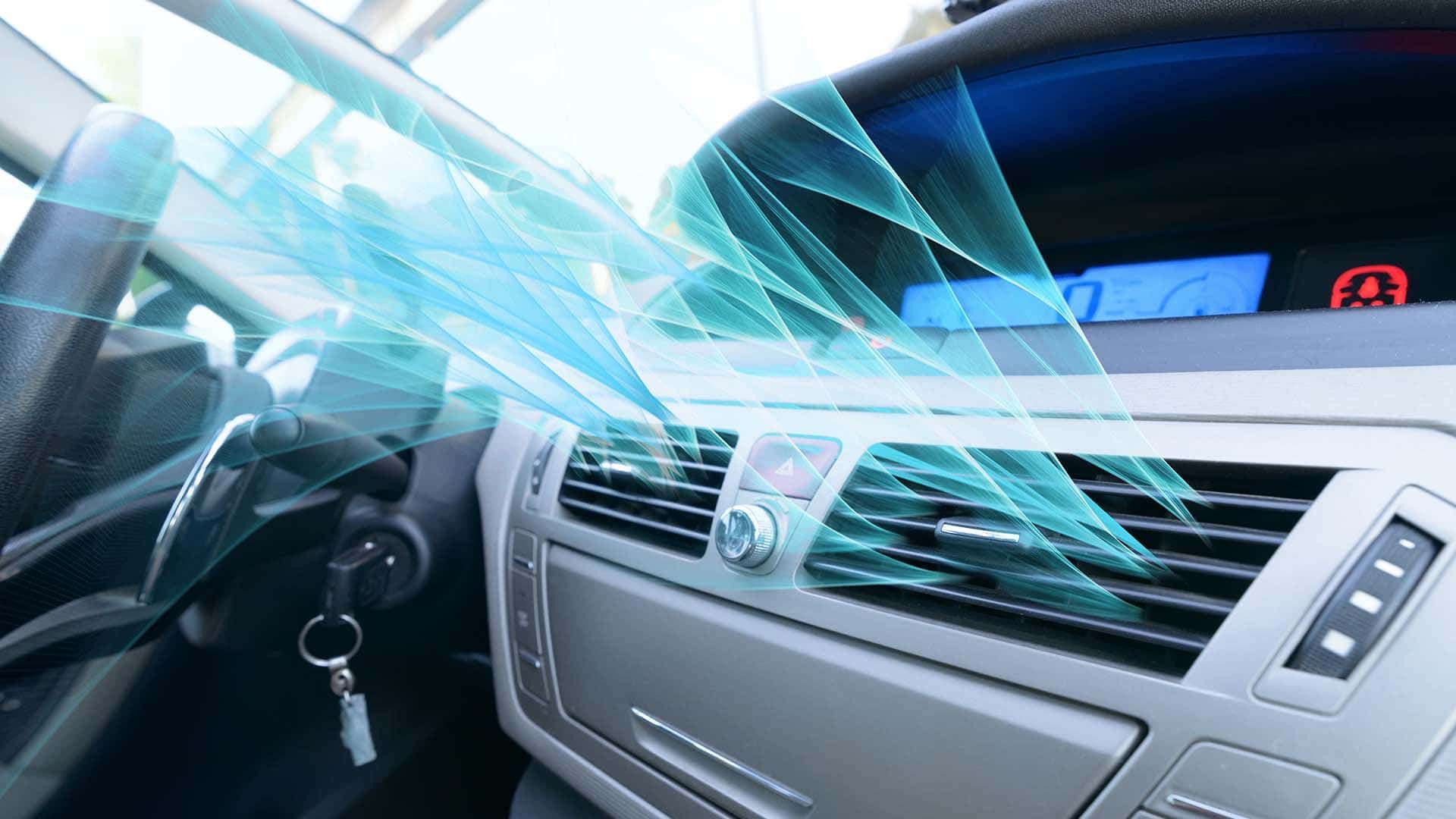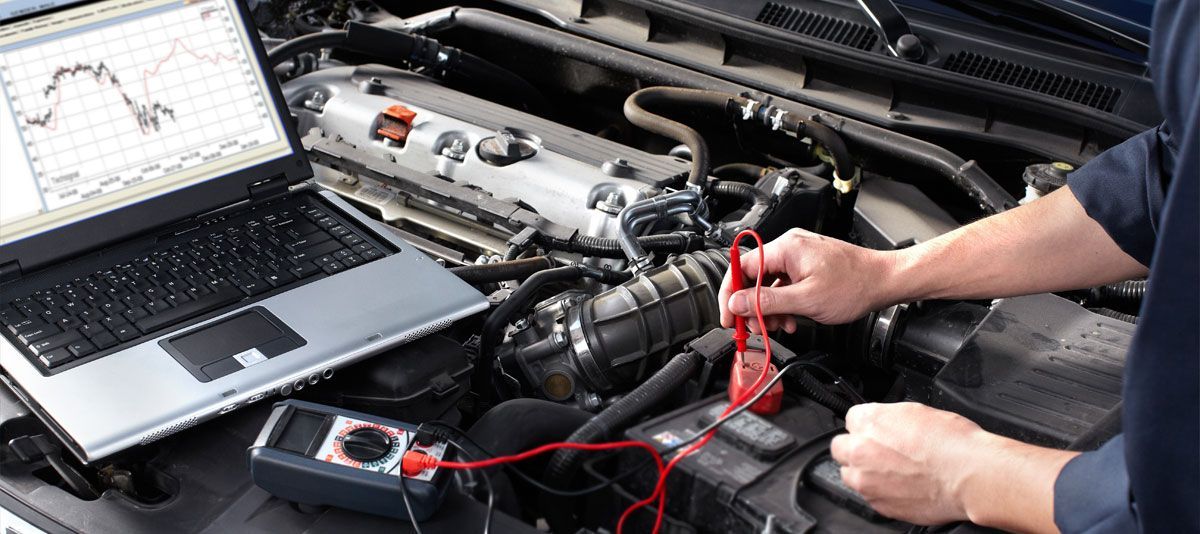Mon - Fri 8:00 AM - 6:30 PM
Timing Belt Basics: Everything You Should Know
In the world of automotive maintenance, few components are as crucial yet often overlooked as the timing belt. This unassuming yet vital part plays a critical role in the operation of your vehicle's engine, ensuring precise timing and coordination between its various moving parts. So, if you're a car owner or enthusiast looking to deepen your understanding of timing belts, you've come to the right place.
What is a Timing Belt?
At its core, a timing belt is a toothed rubber belt that connects the crankshaft to the camshaft(s) in an internal combustion engine. Its primary function is to synchronize the rotation of the crankshaft and camshaft(s), ensuring that the engine's valves open and close at the correct time during each cylinder's intake, compression, combustion, and exhaust strokes.
The Importance of Proper Timing
The timing of an engine's valves is critical for its proper operation and performance. If the timing belt fails or becomes misaligned, the valves may open or close at the wrong time, leading to potential engine damage, loss of power, and even catastrophic failure. Therefore, maintaining a healthy timing belt is essential for preserving the integrity and longevity of your vehicle's engine.
Timing Belt Replacement - When and Why?
Like many automotive components, timing belts are subject to wear and deterioration over time. Most manufacturers recommend replacing the timing belt at specific mileage intervals, typically between 60,000 and 100,000 miles, depending on the vehicle's make, model, and engine type. However, it's essential to consult your vehicle's owner's manual or a qualified mechanic for the manufacturer's specific recommendations.
Signs Your Timing Belt Needs To Be Changed
1. Visible Signs of Wear or Damage
Inspecting the timing belt for visible signs of wear or damage is one of the most straightforward ways to assess its condition. Look for any fraying, cracking, or splitting along the edges of the belt, as well as any missing teeth or chunks of rubber. These signs indicate that the timing belt has experienced significant wear and may be nearing the end of its service life.
2. Engine Misfires or Rough Idling
A worn or failing timing belt can disrupt the engine's precise timing, leading to misfires or rough idling. As the timing belt stretches or becomes misaligned, it may no longer properly synchronize the opening and closing of the engine's valves with the piston movements. This can result in incomplete combustion, causing the engine to run erratically or produce noticeable vibrations at idle.
3. Ticking or Clicking Noises Coming from the Engine
Unusual noises emanating from the engine, such as ticking or clicking sounds, can be a telltale sign of timing belt wear or misalignment. These noises often occur as the timing belt rubs against other engine components or becomes loose due to excessive wear. The timing belt tensioner, which maintains proper tension on the belt, may also produce clicking or rattling noises if it fails or becomes worn.
If you hear any unusual sounds coming from the engine compartment, especially during acceleration or deceleration, it's advisable to have the timing belt inspected promptly.
4. Difficulty Starting the Engine or Loss of Power While Driving
A failing timing belt can disrupt the engine's ability to start smoothly or maintain consistent power output while driving. If the timing belt slips or breaks, the engine's valves may become out of sync with the piston movements, leading to difficulty starting the engine or sudden loss of power while driving.
You may notice prolonged cranking or hesitation when attempting to start the engine, as well as a significant reduction in acceleration and overall performance. These symptoms indicate a serious issue with the timing belt and should be addressed immediately to prevent further damage to the engine.
5. Engine Overheating or Coolant Leaks
In some cases, a failing timing belt can indirectly cause engine overheating or coolant leaks. If the timing belt drives the water pump in your vehicle's engine, a failure of the belt can result in a loss of coolant circulation, leading to overheating. Coolant leaks may occur if the timing belt cover becomes damaged or if the timing belt itself deteriorates to the point of allowing coolant to escape.
1 Auto Center Corp - the local solution to all things car-related. From maintenance to belt replacements, we do it all.
Payment Options




Services
List of Services
-
Brake Repair and ServicesBrake Repair and Services
-
Auto Air Conditioning Service and RepairAuto Air Conditioning Service and Repair
-
Engine DiagnosticsEngine Diagnostics
-
Transmission Repair and ServicesTransmission Repair and Services
-
Wheel AlignmentWheel Alignment
-
Tire RotationTire Rotation
-
Battery Replacement and ServicesBattery Replacement and Services
-
Oil Change ServicesOil Change Services
-
Suspension ServiceSuspension Service
-
Engine RepairEngine Repair
List of Services
-
Brake Repair and ServicesBrake Repair and Services
-
Auto Air Conditioning Service and RepairAuto Air Conditioning Service and Repair
-
Engine DiagnosticsEngine Diagnostics
-
Transmission Repair and ServicesTransmission Repair and Services
-
Wheel AlignmentWheel Alignment
-
Tire RotationTire Rotation
-
Battery Replacement and ServicesBattery Replacement and Services
-
Oil Change ServicesOil Change Services
-
Suspension ServiceSuspension Service
-
Engine RepairEngine Repair
Services
List of Services
-
Brake Repair and ServicesBrake Repair and Services
-
Auto Air Conditioning Service and RepairAuto Air Conditioning Service and Repair
-
Engine DiagnosticsEngine Diagnostics
-
Transmission Repair and ServicesTransmission Repair and Services
-
Wheel AlignmentWheel Alignment
-
Tire RotationTire Rotation
-
Battery Replacement and ServicesBattery Replacement and Services
-
Oil Change ServicesOil Change Services
-
Suspension ServiceSuspension Service
-
Engine RepairEngine Repair
List of Services
-
Brake Repair and ServicesBrake Repair and Services
-
Auto Air Conditioning Service and RepairAuto Air Conditioning Service and Repair
-
Engine DiagnosticsEngine Diagnostics
-
Transmission Repair and ServicesTransmission Repair and Services
-
Wheel AlignmentWheel Alignment
-
Tire RotationTire Rotation
-
Battery Replacement and ServicesBattery Replacement and Services
-
Oil Change ServicesOil Change Services
-
Suspension ServiceSuspension Service
-
Engine RepairEngine Repair
© 2024 1 Auto Center Corp. All Rights Reserved | Website managed by Shopgenie



